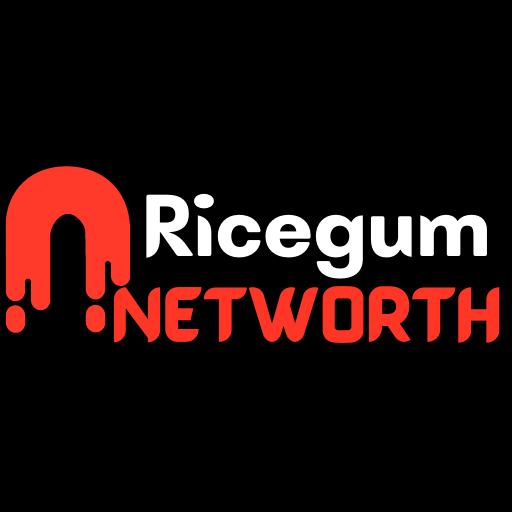mrd stands for “medical risk disease,” and it is a medical term that refers to the number of people who have certain diseases that are preventable by proper medical care. It is a way to describe how many people are affected by one disease or condition. A few examples of medical risks are diabetes, heart disease, cancer, and autism.
It’s a medical term that means that many diseases have a greater risk of developing in people with certain genetic defects. It can be used when it makes sense to mention genetic defects, and it can be used when it makes sense to mention a particular disease or condition.
In the case of the medical abbreviations, it’s safe to assume that we’re talking about a form of genetic defects too. The reason for this is because there are some genetic diseases that affect more people than any other disease. These form diseases are called monogenic. They are caused by a single gene mutation, and often have a genetic basis. Also, while there are some diseases that are caused by a combination of many different genes, these diseases are called polygenic.
One of the first genetic diseases that became a problem was a form of sickle-cell anemia. The disease was known as “thalassemia” in the 60’s, and has been known to affect as many as two million people around the world. The monogenic nature of the disease caused it to be called “sickle-cell anemia” after the disease’s cause. This is because the disease is caused by a single gene mutation which makes it harder to create red blood cells.
When I was a kid, sickle-cell anemia was the most difficult genetic condition I knew. It was a huge problem in my family because my father and brother had to be treated for it, and my mother was a carrier. The treatment was a bone marrow transplant to help my brother’s sickle-cell anemia, but it was very expensive.
That’s why a lot of people are unaware of it, and even worse, it’s rare. It’s not something you find in the medical system, and so doctors are not aware of how common it is. When you think about it, it’s pretty cool that this disease is only a little bit rare because it’s so expensive to treat.
It’s an interesting point to note, my mother was a carrier, and a lot of people in the family were either very sick or very lucky. So, the treatment was a bone marrow transplant, but the doctor ordered a brain transplant to help her, and her mother was also a carrier for all the other people in her life.
All of these people were the ones who were given a bone marrow transplant, so the transplanted people were all born with a brain that’s a little bit different from her brain. We don’t get much of a public discussion about brain transplants in the media, and it’s much more controversial to talk about brain transplants in the media.
This was a pretty big deal when I was growing up, we had a pretty decent cell block at our neighborhood hospital, so we had lots of other people who were basically in the same boat. We were pretty lucky at how little the transplant went (we had a cell-block in our neighborhood and had enough room for the donor brain to be placed in the right place).
The transplant went okay, we had a fairly good time with it, but I think I would not have recommended it to anyone as a way to treat a brain injury. Yes, I have a brain injury, and yes, I can feel my brain going numb from time to time, but that’s a side effect of my brain injury and not the cause.





Comments